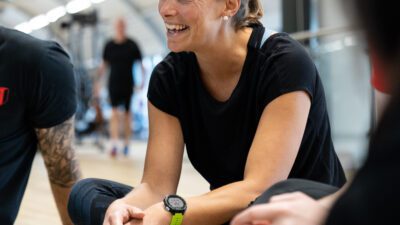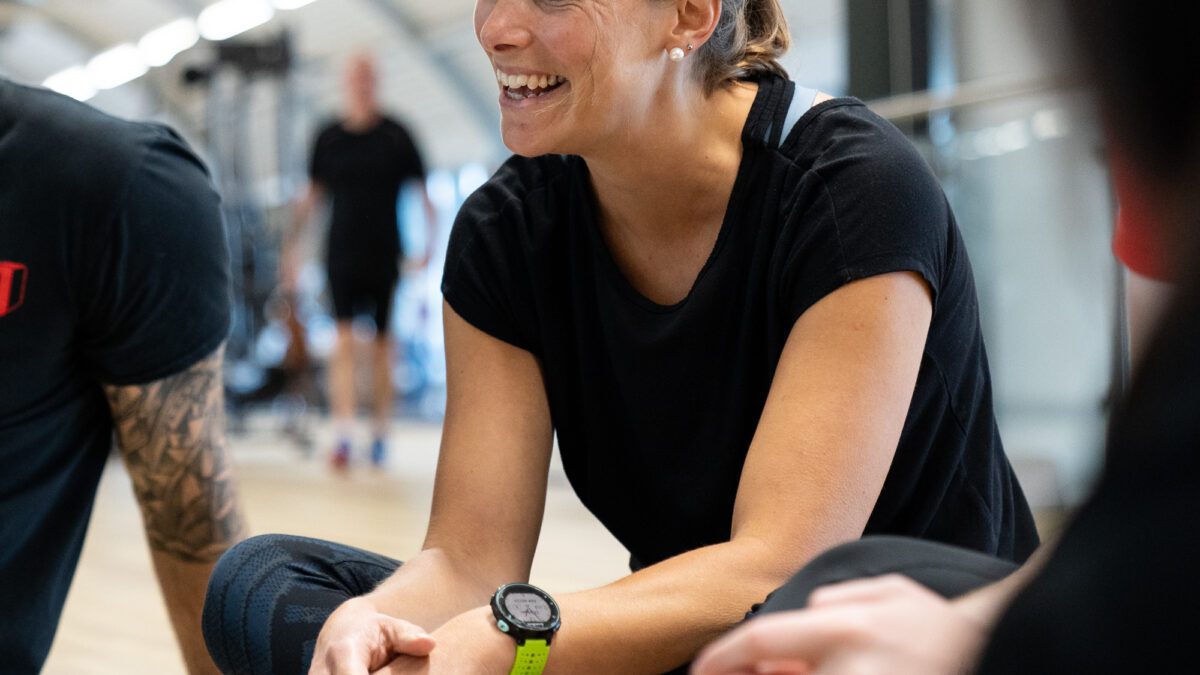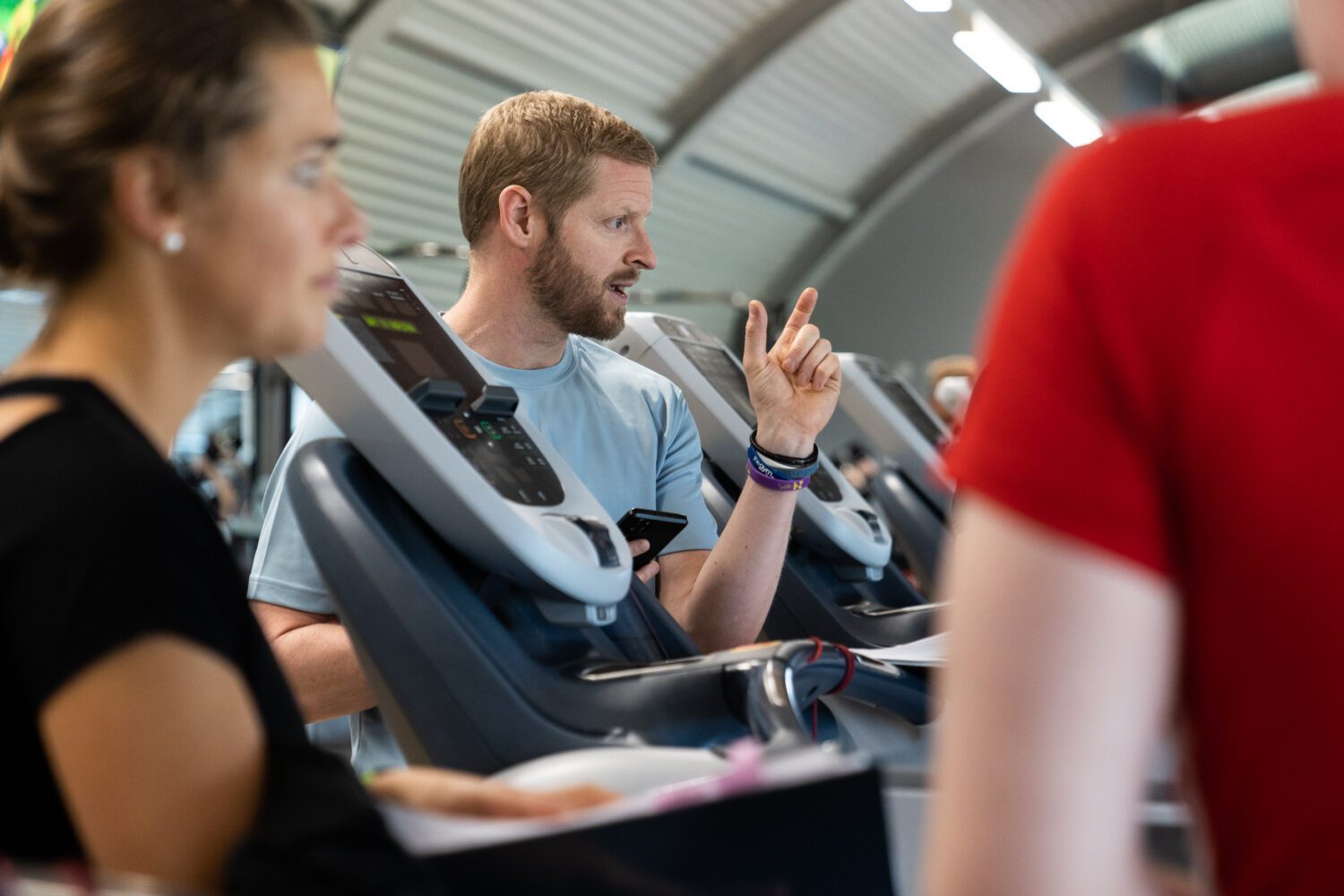



When starting in the personal training industry it can be difficult to feel confident in getting new PT clients from consultations. Often many personal trainers will approach this by offering a free taster session, but then are unsure what the next step is from this. By following this simple 7 step sales structure you will be able to change your approach to client consultations and almost guarantee new pt clients.
Building rapports are a good way to establish a successful trainer/client relationship – having good communication is a key to success. The best way to start building this rapport is by asking open-ended questions and getting to know them personally. Make them feel like you are a (professional) friend by being supportive and empathetic towards your clients and knowing your client’s hobbies, interests and even family members’ names.
Use open-ended questions to find similarities and potential things you have in common, this can be used to build on trust with the potential client. The rapport is a vital part of building the foundations of the trainer/client relationship and giving the ability to create a personable experience.
The next stage of this sales structure is to gain an understanding of the present situation of the client, this is about finding out what brought them here today. In this stage ask them questions about what motivated them to book a consultation, how are they feeling currently and what they are wanting from this.

The next part of this structure is finding out the past of the client in relation to training and nutrition. In this step, you are looking to find out what they have already been doing to understand what might have not been working for them and why. They could explain that they have never gone to a gym or followed a training plan, which indicates their current barrier is a lack of knowledge. On the other hand, they could have been attending Weight Watchers without a training plan which would show they need help with the exercise component of their journey.
Once you have found out what has been going on in the past, make sure you understand why they didn’t think it worked or if there were elements they enjoyed. This will help you later on when pitching to understand how you can apply what they have done in the past to aid a successful fitness journey as your client.
Understanding the future is the next stage to helping them progress, this is about finding out where they want to get to from having this consultation. When discussing this you can use open-ended questions to find out their personal goals and why they have these goals. Relating this stage to their emotions is key in understanding what they are wanting to achieve and why, for example, if they are saying they want to lose 50lbs what is the reason for that? It may be that they have a wedding to attend or a family member has motivated them to want to do this.
Having this information is beneficial to you for understanding how you are going to help them as a client, you can use this information to map out an approach to achieving this end goal. Being able to provide them with a plan which has been built on the information they have provided puts you in a strong position to give them exactly what they want.
Bridging the gap is about having a clear understanding of what has stopped them from achieving this goal previously. This will help outline the barriers in their current situation which would need to be overcome to successfully meet those fitness goals. The aim of this section is to get them to take accountability for what they are wanting to achieve and why they haven’t already achieved that.
Again, this is something that can be tied into your pitch, you can use this information to demonstrate how you would overcome the barriers they are facing. Having as much detail as possible for this will put you in a strong position for guaranteeing the client.

The pain pitch is the opportunity to reiterate what is stopping them from achieving their goals right now. In this section, you will focus on bringing up all the personal elements you have learned from the previous steps to showcase how you can help them. You should address the challenges they have already experienced and outline how you are going to help them overcome and achieve this by explaining your training approach.
Using all the information you have collected demonstrates that you understand them personally. As you start to pitch this to them, they will see you have a complete understanding of their journey, from their history with health and fitness to what their final end goal is. You can use the rapport you’ve developed to make this appealing to them by tying in their hobbies or current lifestyle and how this will work with your training. The aim is to demonstrate the detail you have gained about them from the consultation and to pitch this in a way that they can’t refuse.
Closing in the sales structure is the final stage of the process and the best way to approach this is to assume you have the sale. You should be in a position to assume you have the sale from the pain pitch you have just given them. Ask them if they want additional details on how you plan to help them meet their end goal, whilst also relating to their previous experiences and why they haven’t worked. For example, if mentioned they attended Weight Watchers but saw no results, you could explain that combining that with an effective training programme would really benefit them.
You can then go on to close the deal by confidently getting across your prices, outlining that a PT package and highlighting any offers or promotions such as bulk-blocking sessions to get a discount. Offers alternatives, e.g., do they wish to pay in full or are they looking to pay over several payments? Going back over everything you have discussed and pitching confidently that you CAN help them achieve their goals is key. Confidence is vital in successfully closing a sales pitch, it shows that you are sure of the product and service you are offering which helps create a sense of trust between trainer and client.